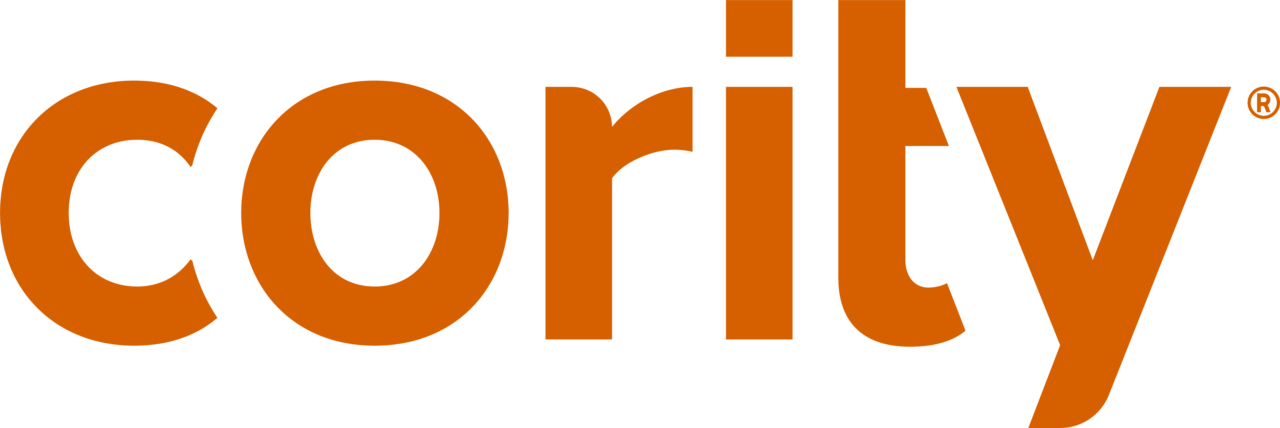In today’s global manufacturing industry, balancing the cost of quality, investments in technology, and integrated quality management systems presents a never-ending series of challenges for your company. Cost of quality is arguably one of your organization’s most important holistic metrics, but too many organizations have neglected the complex interplay between investments in good quality and the hard costs of poor quality.
Seeking Balance in Cost of Quality
In all likelihood, your organization already spends a great amount of resources (labor and technology) on measuring the cost of poor quality as accurately as possible. Issues arising from an increased number of defective product returns, warranty issues, and in the worst-case scenario, global recalls are the most visible (and financially damaging) components of the cost of poor quality.
With seeming regularity, severe quality issues make international headlines as defects surface years after products have reached the open market. Within your company, the cost of good quality (i.e., investments in prevention and appraisal) very likely has a subordinate status to the cost of poor quality. According to research by the Aberdeen Group, award-winning, best-in-class manufacturers, on the other hand, pay just as much attention – if not more – to investments in the cost of good quality to improve visibility of quality throughout the enterprise. Striking a delicate balance between the cost of good quality and the cost of poor quality is an ideal that few organizations achieve on a regular basis.
IT’s Critical Role in Gaining Executive Buy-in
The need to continuously improve your organization’s cost of quality metrics is clear, but why does upgrading a quality management system face so much resistance from upper-level decision makers?
To implement an integrated quality management solution effectively, you need to win buy-in from all stakeholders, particularly stakeholders in your company’s IT department. The fact of the matter is that IT, too, has been forced to do more with less resources, which makes maximizing returns on previous technology investments all the more critical. In essence, the approval channels for new software tools become gridlocked as indecision between quality departments and IT leads to too many manufacturers delaying the implementation of an upgraded quality management system. Of course, everyone can agree that quality should be a concern throughout the enterprise; research has shown that companies that cultivate a culture of quality outperform their peers. However, only the top performers have realized synergies between IT and quality management, which can lead to reductions in cost of quality via timely investments in the cost of good quality.
Aligning Quality and IT
Quality departments and IT departments must come together to bring the promised cost savings of integrated quality management systems into the real world of global manufacturing. Unfortunately, the workflow between your department and IT may be less than ideal, which is actually a common pain point in the manufacturing industry at large.
In the end, gridlock sets in as indecision within your organization’s leadership structure, quality department, and IT department delays even the most well-planned quality management initiatives.
This blog series aims to give you a different perspective on both components of cost of quality and the adverse effects of delaying the implementation of an integrated quality management solution.
If your organization can make timely decisions on improvements to quality management’s software tech stack, you will be able to capitalize on the opportunities and competitive advantages of holistic, integrated, and closed-loop quality management.
The next part in this series will cover a subject that should be all too familiar to your organization: the cost of poor quality in manufacturing.


